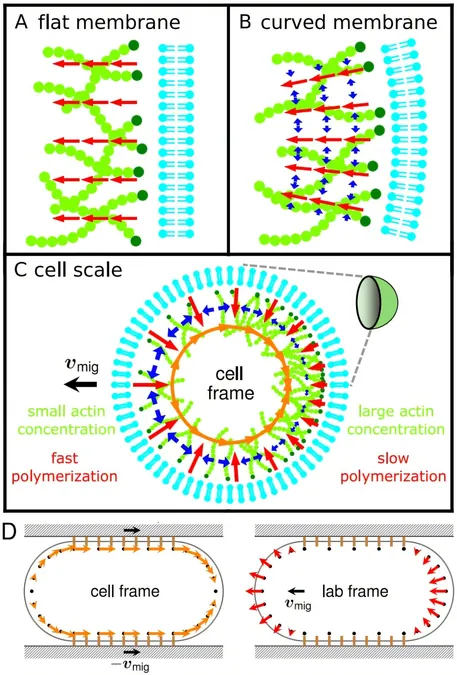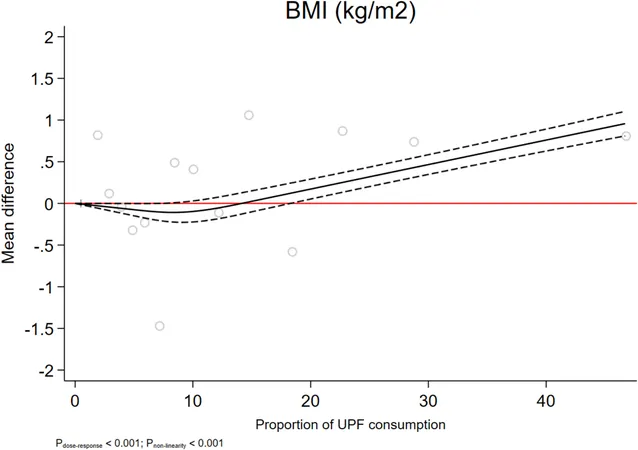
Breakthrough in Cell Movement: New Mechanism Defies Age-Old Beliefs!
2025-04-16
Author: Yu
Revolutionary Discovery Challenges Cell Mobility Fundamentals
Scientists from the Universities of Bayreuth and Grenoble have made an astonishing discovery that could rewrite the rules of cell movement! Their research challenges the long-held belief that myosin, a well-known molecular motor, is essential for the mobility of mammalian cells.
A Game Changer for Medicine
This groundbreaking insight opens the door to innovative strategies for controlling cell movement, with significant implications for disease treatment. The results are documented in the esteemed journal, Physical Review Letters.
The Importance of Cell Migration
Cell migration, the process by which cells move within the body, is vital for our immune response. Immune cells, particularly white blood cells, need to navigate various environments swiftly and efficiently to protect us from infections. They travel through the bloodstream, exit blood vessels, and independently migrate through tissues to combat threats like viruses.
The Dark Side of Movement: Cancer Cells
However, the ability to migrate can have dire consequences; cancer cells exploit this mechanism to spread throughout the body, invade healthy tissues, and form metastases. Understanding the ins and outs of cell migration is therefore critical for developing new drugs and treatment options.
Redefining Our Understanding of Cellular Mechanics
Immune cells are particularly fast-moving, aided by a network of thread-like proteins known as actin filaments that line the inner side of the cell membrane. Traditionally, it was believed that myosin motors were crucial in facilitating movement by contracting this filament network. Yet, experiments that suppressed myosin activity revealed something shocking: cells can still move without it!
Discovering a New Pathway for Cell Movement
The researchers at Bayreuth and Grenoble have now identified a novel mechanism that enables cells to achieve motion independent of myosin. They developed a model that demonstrates that the addition and removal of actin building blocks can generate movement, so long as this alteration occurs at a sufficiently rapid pace.
Critical Speed: The Key to Cell Motion
When the process speeds above a critical threshold, the internal arrangement of actin filaments transforms the originally spherical cell, creating distinct front and rear sections with varying tensions. The front, featuring fewer filaments beneath the membrane, experiences higher tension, propelling the cell forward.
Implications for Future Research
This striking discovery not only challenges existing paradigms but also inspires a wealth of future research possibilities. As scientists continue to unravel the complexities of cell movement, we may uncover new pathways to combat diseases more effectively.


 Brasil (PT)
Brasil (PT)
 Canada (EN)
Canada (EN)
 Chile (ES)
Chile (ES)
 Česko (CS)
Česko (CS)
 대한민국 (KO)
대한민국 (KO)
 España (ES)
España (ES)
 France (FR)
France (FR)
 Hong Kong (EN)
Hong Kong (EN)
 Italia (IT)
Italia (IT)
 日本 (JA)
日本 (JA)
 Magyarország (HU)
Magyarország (HU)
 Norge (NO)
Norge (NO)
 Polska (PL)
Polska (PL)
 Schweiz (DE)
Schweiz (DE)
 Singapore (EN)
Singapore (EN)
 Sverige (SV)
Sverige (SV)
 Suomi (FI)
Suomi (FI)
 Türkiye (TR)
Türkiye (TR)
 الإمارات العربية المتحدة (AR)
الإمارات العربية المتحدة (AR)